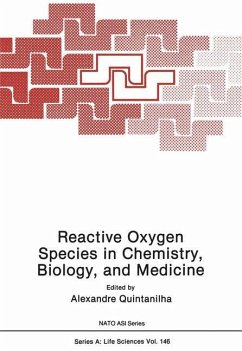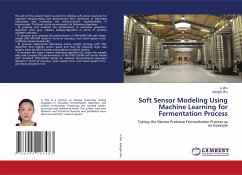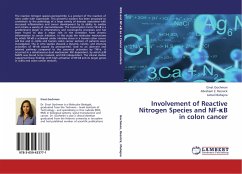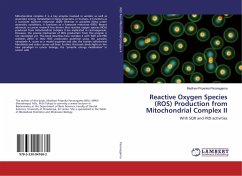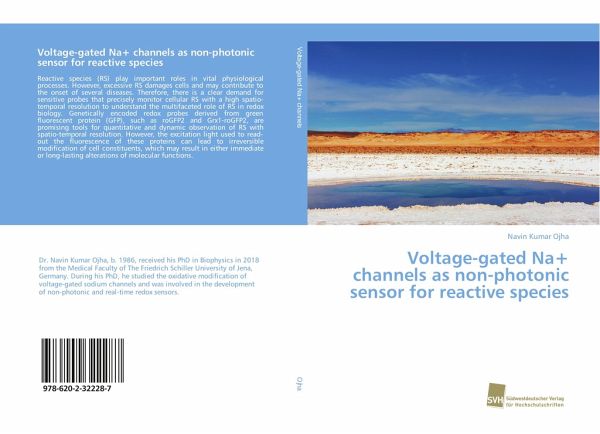
Voltage-gated Na+ channels as non-photonic sensor for reactive species
Versandkostenfrei!
Versandfertig in 6-10 Tagen
45,99 €
inkl. MwSt.

PAYBACK Punkte
23 °P sammeln!
Reactive species (RS) play important roles in vital physiological processes. However, excessive RS damages cells and may contribute to the onset of several diseases. Therefore, there is a clear demand for sensitive probes that precisely monitor cellular RS with a high spatio-temporal resolution to understand the multifaceted role of RS in redox biology. Genetically encoded redox probes derived from green fluorescent protein (GFP), such as roGFP2 and Grx1-roGFP2, are promising tools for quantitative and dynamic observation of RS with spatio-temporal resolution. However, the excitation light use...
Reactive species (RS) play important roles in vital physiological processes. However, excessive RS damages cells and may contribute to the onset of several diseases. Therefore, there is a clear demand for sensitive probes that precisely monitor cellular RS with a high spatio-temporal resolution to understand the multifaceted role of RS in redox biology. Genetically encoded redox probes derived from green fluorescent protein (GFP), such as roGFP2 and Grx1-roGFP2, are promising tools for quantitative and dynamic observation of RS with spatio-temporal resolution. However, the excitation light used to read-out the fluorescence of these proteins can lead to irreversible modification of cell constituents, which may result in either immediate or long-lasting alterations of molecular functions.






